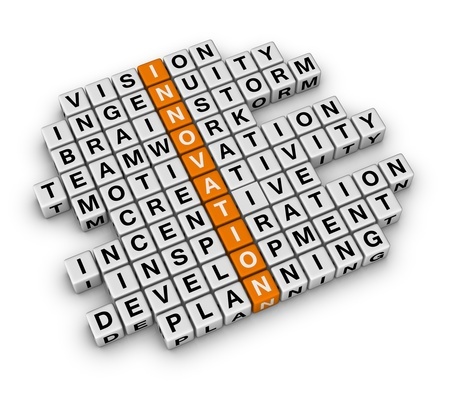I am struck by the frequency of seeing Innovation among business goals in a variety of organizations and industries. Makes sense. Innovation leads to acceptance and management of change; adoption of tools and practices; development of new services and products.
In at least a few organizations, however, active development of creativity (i.e., innovation) fails to occur. Perhaps it is useful to consider that creativity, as many competencies, needs attention to develop. It does not “just happen.” How might creativity be actively developed?
According to experts, creativity is first largely based on knowledge: increasing one’s knowledge of a subject (e.g., management) is a way to expand one’s ability to be creative.
Another aspect of creativity may be developed through actively associating previously unrelated concepts or ideas: learning to think differently. This step in building creativity can be achieved if one can break from some common social/cultural barriers as well as ingrained individual/ emotional barriers. Examples of social/cultural barriers:
- Fantasy and reflection are a sign of laziness, a waste of time.
- Problem solving is serious stuff, and humor has no place in it.
A third dimension of creativity seems well within most managers’ influence: creating an environment in which employees feel encouraged to offer their creative thinking and ideas. Enlightened managers may need to address barriers in this dimension as well. For example:
- Awareness of an organization’s highly structured rules, procedures and communication channels
- Recognition of – and overcoming – personal behaviors such as reacting to negative parts of a proposed idea rather than the positive ones; acting as a boss and controller rather than as a facilitator or resource.
Working to develop your own creativity is personally rewarding and sets a positive example for your team. Working to develop your team’s creativity builds a resource: new ideas and improved problem solving. Perhaps more important, developing your team’s creativity is motivational.
What better reason to offer one’s creativity than to work in an environment in which new ideas are heard, valued and encouraged?

